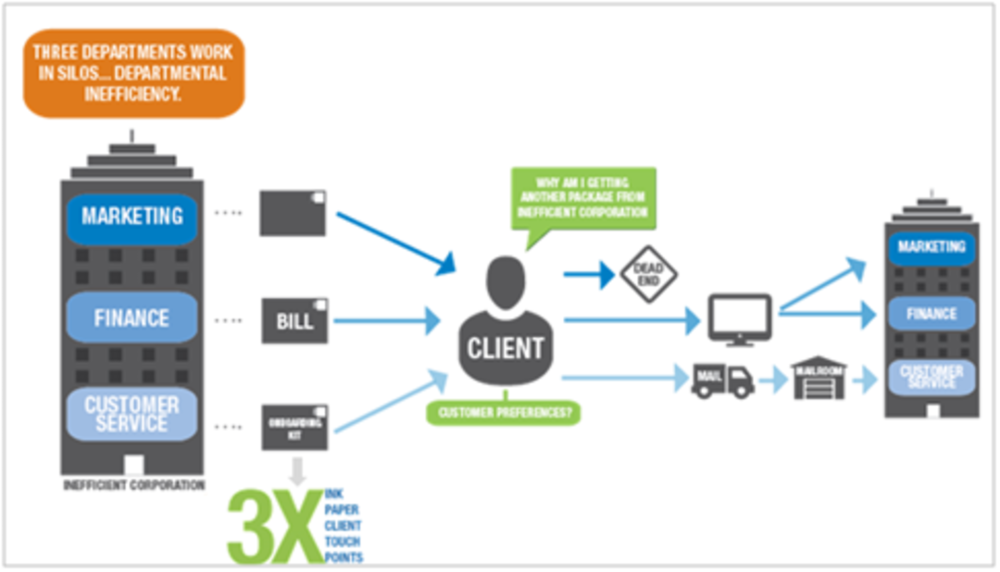InfoTrends analysts predict digital communications will double in the next three years, putting less emphasis on physical communications. Novitex President Tim Healy refuted these predictions during our inaugural Innovator Chat, “How to Maximize What’s in Your Envelope,” hosted by Direct Marketing News.
Instead, Healy urged viewers to take a look at the past. The last two years reveals that digital communications is growing at a rate of 12 percent year-over-year on average. At this rate—or even at a slightly accelerated pace—physical communications will remain dominate and will still play a critical role in your communications strategy in the near future.
Why is this important to understanding how to maximize what’s in your envelope?
To effectively and efficiently communicate with your customer base, you need to understand just exactly how and when customers want to engage with you. For example, data reveals that 95% of Americans open physical mail on the day of receipt, whereas only 19% of Americans open marketing emails.
In order to understand customer preferences, you must leverage data.
However, departments within businesses frequently work in silos, making it extremely difficult to capture data.
Healy provided a real client example during the Innovator Chat. He described three departments working individually, sending separate communications and thus bombarding the same customer with several communications through a variety of channels (depicted below).
The client’s siloed workflows results in wasted resources and lower customer satisfaction. What’s more, though, is that this siloed approach helps perpetuate unclean, unconnected data. Inaccurate record keeping leads to 2.3% of emails bouncing back and 24% of physical mail having an address problem.
Integrating your communications from the first mile to the last mile can significantly help reduce or eliminate these challenges, according to Healy.
Healy continued with this client example, revealing how we integrated its workflows. He explained that we leveraged our industry-leading, proprietary Integrated Document Life Cycle™ (IDLC™; pictured below) to connect our client’s first and last mile by linking communications; this empowered our client to leverage data.
Here’s how it works: We intercepted the three communications, integrated them and then sent them via the preferred channel. In this instance, it was via the mail. In order to track the communications through its entire life cycle, we attached a 3D barcode to the mailpiece. Once the customer sent a response, we were able to scan the barcode, linking the inbound and outbound communications. During the last stage, we entered this communication into a digital repository that automatically stores it, ensuring compliance with federal regulations.
By linking this one communication from the first to the last mile, we were able to streamline workflows, reduce costs, provide an optimal customer experience and ensure compliance for our client.
Each industry and company has unique challenges, resulting in different communication needs. However, the IDLC™ paired with industry-specific expertise provides you with your needed resolution.
Though each industry and company is different, the end receiver of your communications is the same. A human.
Healy urges you to take a second look at the way that you communicate in both your business and personal lives. By understanding your own personal communication preferences along with your data, you gain insight into how to better communicate with your customers.
Efficient and effective customer communication delivers tangible results: Streamlined workflows, improved customer satisfaction, increased compliance and profit growth.
This is why mail isn’t just mail—it’s the lifeblood of your company.









